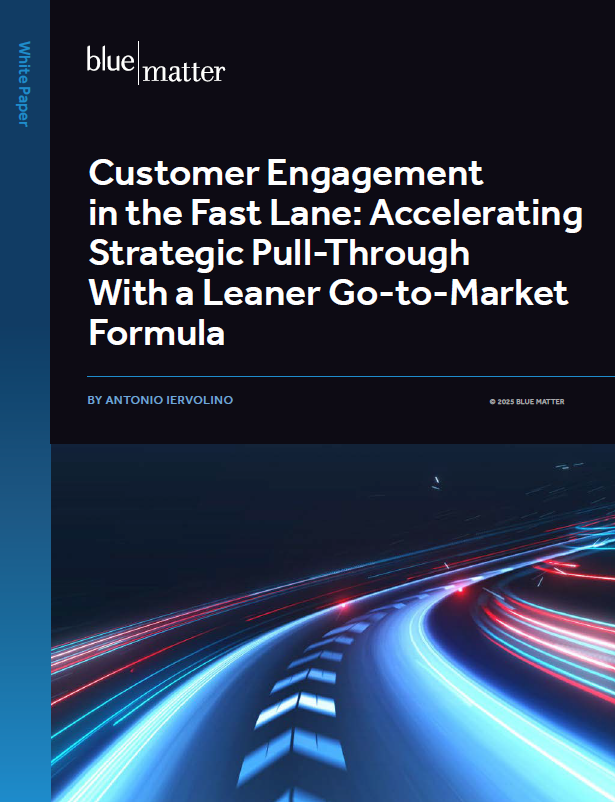
At some point in its development, any growth-minded non-European biopharma company will look to Europe as a possible source of new opportunity. Europe is attractive for various reasons, including its large population, high per-capita spend on healthcare, and vast market potential.
But successfully entering Europe is a complex undertaking, and biopharma companies need to know how to safely navigate the process. The stakes are high, and there are many pitfalls to avoid. In this ongoing series of articles, we are outlining the 12 most common pitfalls that biopharma companies may experience as they enter European markets:
- Not knowing what it takes to “go it alone” across Europe
- Not realizing Europe may have its own clinical endpoints in mind
- Missing the opportunity of conditional marketing authorization
- Believing EMA marketing authorization = patient access
- Thinking your list price won’t cross borders
- Missing the mark with local health technology assessment (HTA)
- Not making the right European connections
- Failing to realize that EAPs can boost…or bite
- Missing a promotable label
- Building like big pharma when you’re not
- Using individual preferences vs analysis to select HQ location
- Caring too late about your infrastructure
Pitfall #6 – Missing the Mark with Local Health Technology Assessment (HTA)
Why It’s Important
As we’ve discussed in previous entries, in Europe the path from clinical trial data to broad access and reimbursement involves multiple steps and stakeholders. A miss at any step can have serious consequences for hopeful market entrants, particularly limited (or no) access and reimbursement.
Health Technology Assessment (HTA) is a process that measures the benefit of a new health technology compared to existing treatments and/or the standard of care. In most cases HTA refers to a formalized process of information assessment and appraisal that national payers use to inform and drive access and reimbursement discussions for products having received marketing authorization. A successful assessment can significantly impact reimbursement negotiations and decisions.
As HTAs vary by geography, it is critical to generate evidence and engage stakeholders in a way that supports local HTA value parameters. The two main measures are demonstrating a therapeutic improvement and/or a beneficial budget impact. Biopharma companies who miss the mark on their working assumptions and / or propositions related to key HTA factors risk a disappointing HTA result.
A variety of factors have impacted companies in the past including:
- Clinical trial endpoints that were not relevant or compelling for Europe (see also Pitfall #2 – Not realizing Europe may have its own clinical endpoints in mind) leading to not recommending the drug for use or no reimbursement despite receiving marketing authorization
- Insufficient clinical evidence due to small trial sizes, the requirement of outcome data, using a non-valid measurement scale for the clinical endpoints, or using a different (or old) standard of care as a comparator resulting in the product being rejected for use
- A different (higher) disease prevalence estimated by the HTA body than by the company, leading to reimbursement for a restricted patient population
How to Avoid Missing the Mark
As mentioned above, there are two key drivers of HTA recommendations:
- Therapeutic Improvement
- Budget Impact
HTAs will consider both, but some will be more heavily-weighted towards one or the other, so it is important to prepare the appropriately tailored data package. To ensure that this is indeed the case, it is possible in several countries to gain scientific advice before submitting the reimbursement dossier.
Therapeutic Improvement: In order to support the therapeutic improvement aspect of the HTA, the clinical data must be appropriate to the region or country of interest. While some endpoints, such as Overall Survival in cancer, are the “gold standard” and acceptable regardless of location, in other disease areas the “standard” choice of endpoint may be less clear. This is particularly true in diseases where the endpoints are measured more subjectively (e.g., via a clinician’s observation and scoring against a scale). It is therefore crucial to get buy-in early from decision-makers that the clinical endpoints are acceptable for the HTA. It is becoming more important to include quality of life measures as well, in particular the EQ-5D scale that is used and recognized throughout Europe.
For certain rare diseases (including rare cancers) where conditional marketing authorization is sought, it is also extremely important to ensure that the post approval committee (PAC) is aligned with the confirmatory data strategy. Often, this confirmatory data is collected via registries, which must be designed and set up early (they can take time to implement).
Budget Impact: To support the budget impact assessment, the company must ensure they are on the same page as the HTA regarding the total patient population based on estimated disease prevalence. This is relatively straightforward with well-studied diseases, but can be much more challenging with rare diseases and / or products where adjustments in labeling may significantly expand or restrict the appropriate patient populations. As with therapeutic improvement, it is important to communicate and collaborate as early as possible with the HTA decision-makers about prevalence and total population assumptions used for modeling.
Coming Next
Throughout many of the previous pitfalls, we have discussed the importance of stakeholder engagement in Europe. In our next pitfall article, we will focus in on this topic, with Pitfall #7 – Not Making the Right European Connections.





